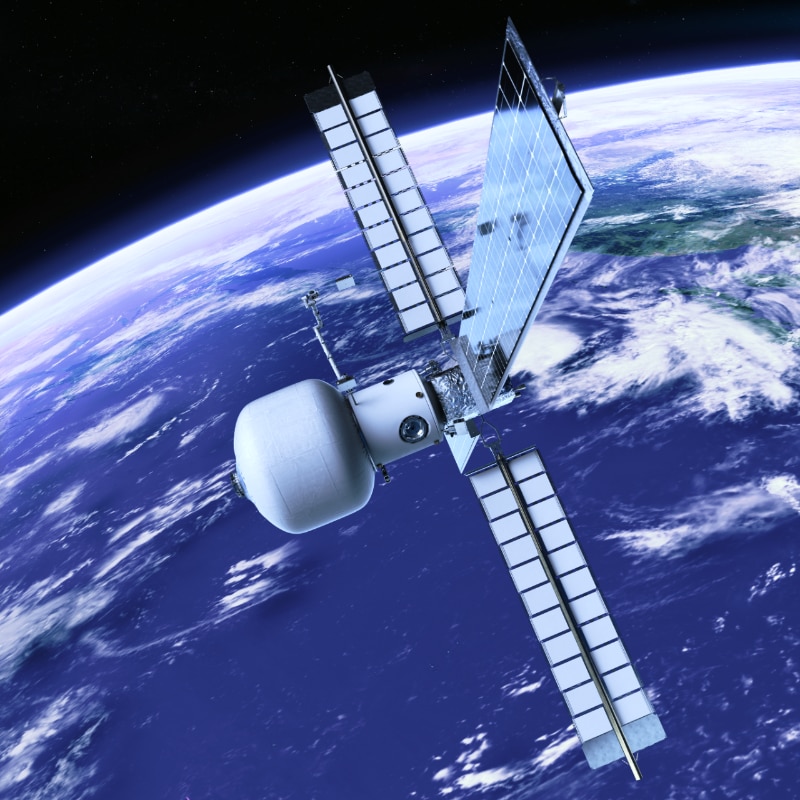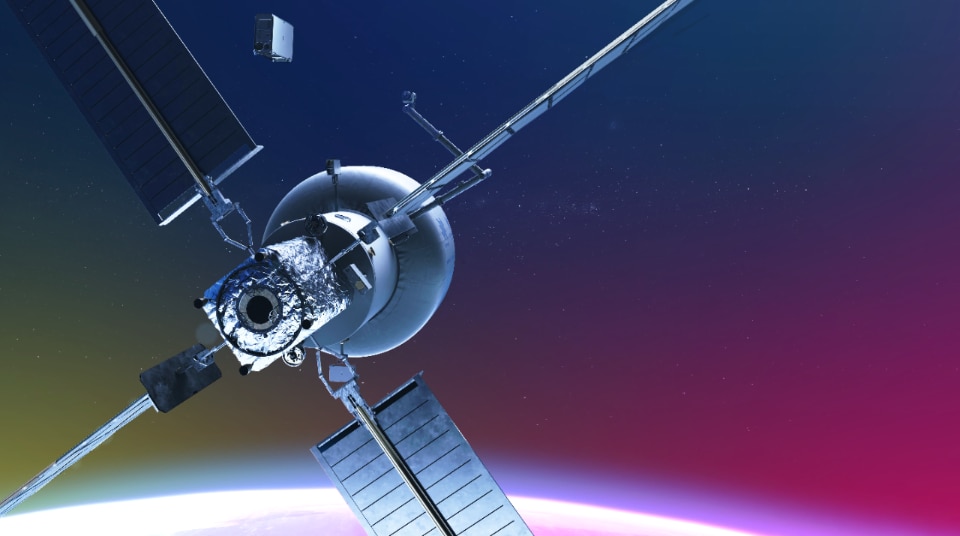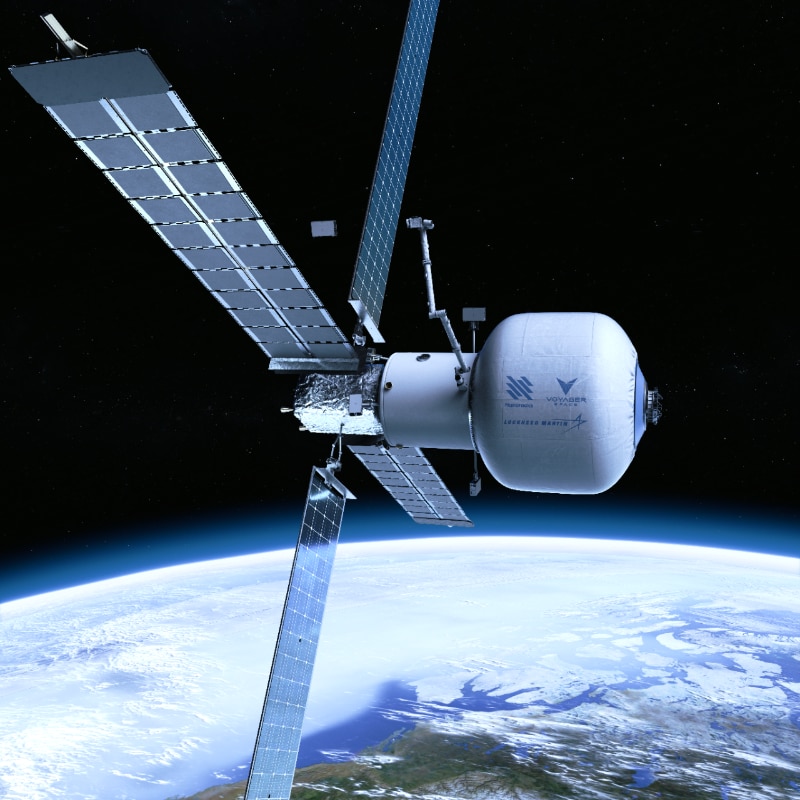The date is on the horizon – the widest horizon imaginable, one that contemplates infinity. While humans are still far off from spending their vacations in outer space or on another celestial body, that moment is indeed approaching, not as a cinematic meteor threat, but as a realistic opportunity to be fully explored. This will be the beginning of the longest journey ever undertaken by modern Ulysses. For perspective, if reaching the Moon took about 80 hours, going to Mars will “probably” take 8 months.
Leading experts in the field gathered in Milan for the 75th International Astronautical Congress, titled “Responsible Space for Sustainability.” The somewhat rhetorical intent was to emphasize the importance of space as a safe, open, peaceful, and cooperative environment.

Earth orbit is also a limited resource, a fact perhaps little understood from below. In fact, up there, beyond the atmosphere, thousands of satellites are already overcrowding the zenith. Space systems are now fundamental tools for daily activities – from energy to agriculture, communications to security, economics to manufacturing – in what we have long been calling the “global” market. Among the many innovations presented, with countless scientific and technological developments, one in particular caught the attention of the world of design and architecture: the ancient dream, or utopia, of settling on another planet.
Alongside international government agencies, an increasing number of private players are striving to pave new paths of exploration that could directly affect humanity, understood as a sum of individuals. The luckiest among them – no longer military astronauts but civilians – may soon become space tourists, visiting places where overtourism will surely not be an issue.
Announced in 2022, the collaboration between Voyager Space and the Hilton hotel chain unveiled in Milan the first images of the prototype Starlab habitation. This private space station is operated through a U.S.-led international cooperation between Voyager Space, Airbus, Mitsubishi Corporation, and MDA Space, with Hilton providing its hospitality, comfort, and design expertise.
The “design” mission aims to develop a zero-gravity habitat that can provide comfort for long extraterrestrial stays. Starlab includes communal areas for the crew, wellness spaces, floating sleeping areas, and large portholes for viewing the Earth from all angles.
Living in zero gravity is something that is hard for terrestrials to comprehend, but this prototype clearly shows the potential of discovering new spatial parameters of habitability. It's about redesigning a modular living space from new principles, free from traditional Euclidean references that constrain the perception of space.

As we consider the possible interdisciplinary leap from spatial design to “space design,” it’s hard not to imagine Kubrick's emblematic orbiting module in the film 2001: A Space Odyssey, where up and down, right and left, and even the concept of forward and backward become relative.
Will the Martians be ready to welcome these new luxury migrants, who will shine like stars in the distant night sky?
All images: Starlab space station renderings © 2024 Hilton

The Pipe collection, between simplicity and character
The Pipe collection, designed by Busetti Garuti Redaelli for Atmosphera, introduces this year a three-seater sofa.


